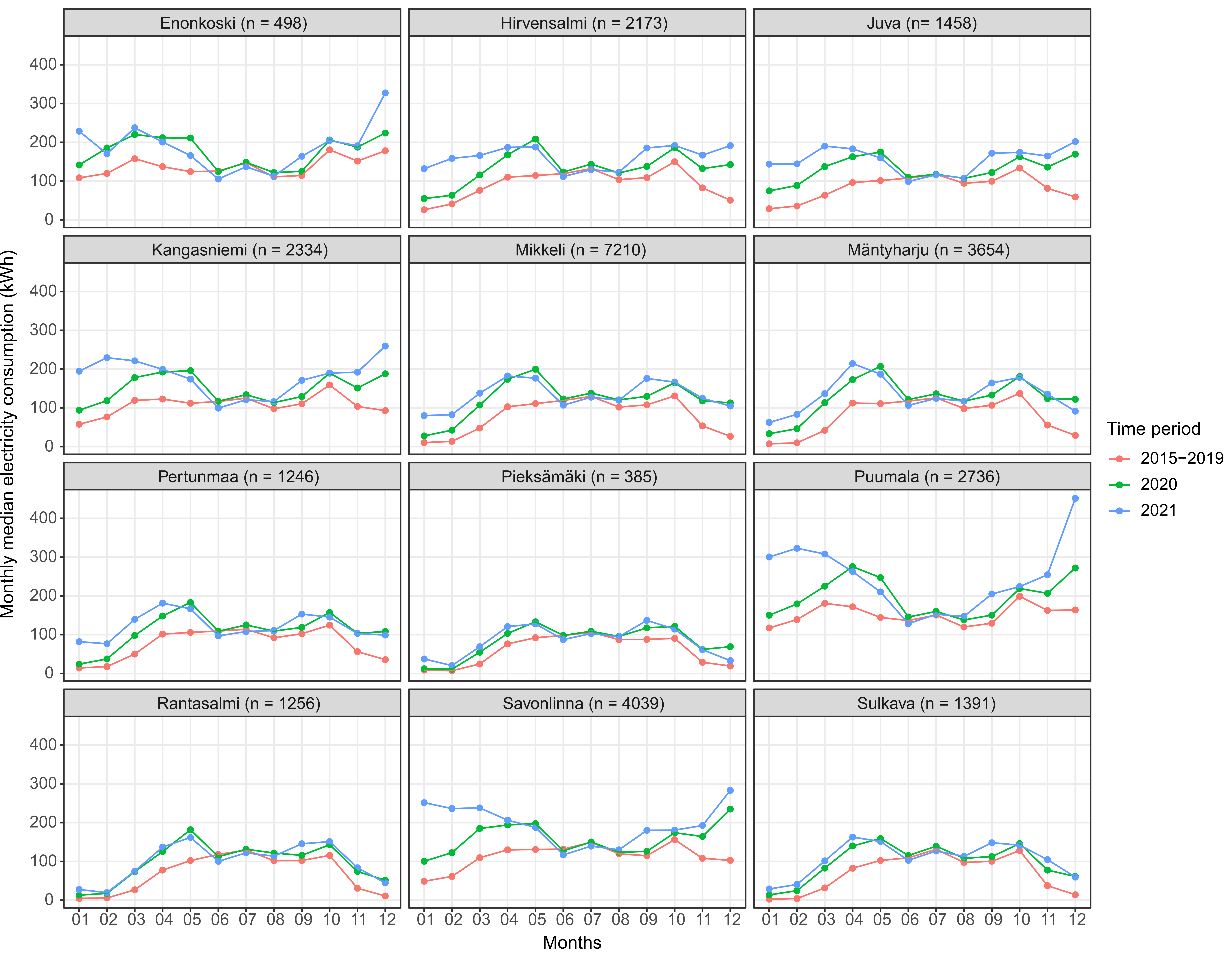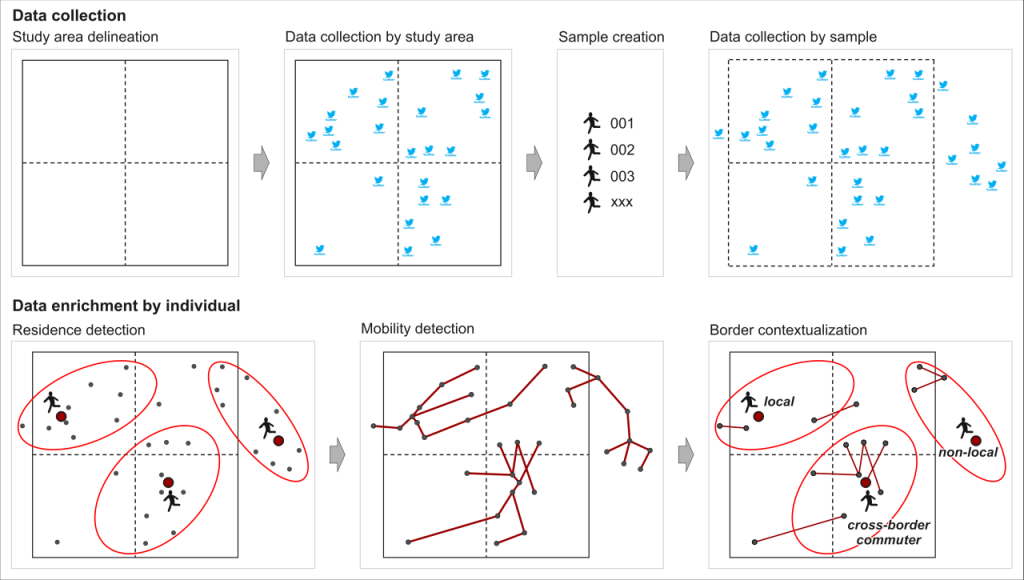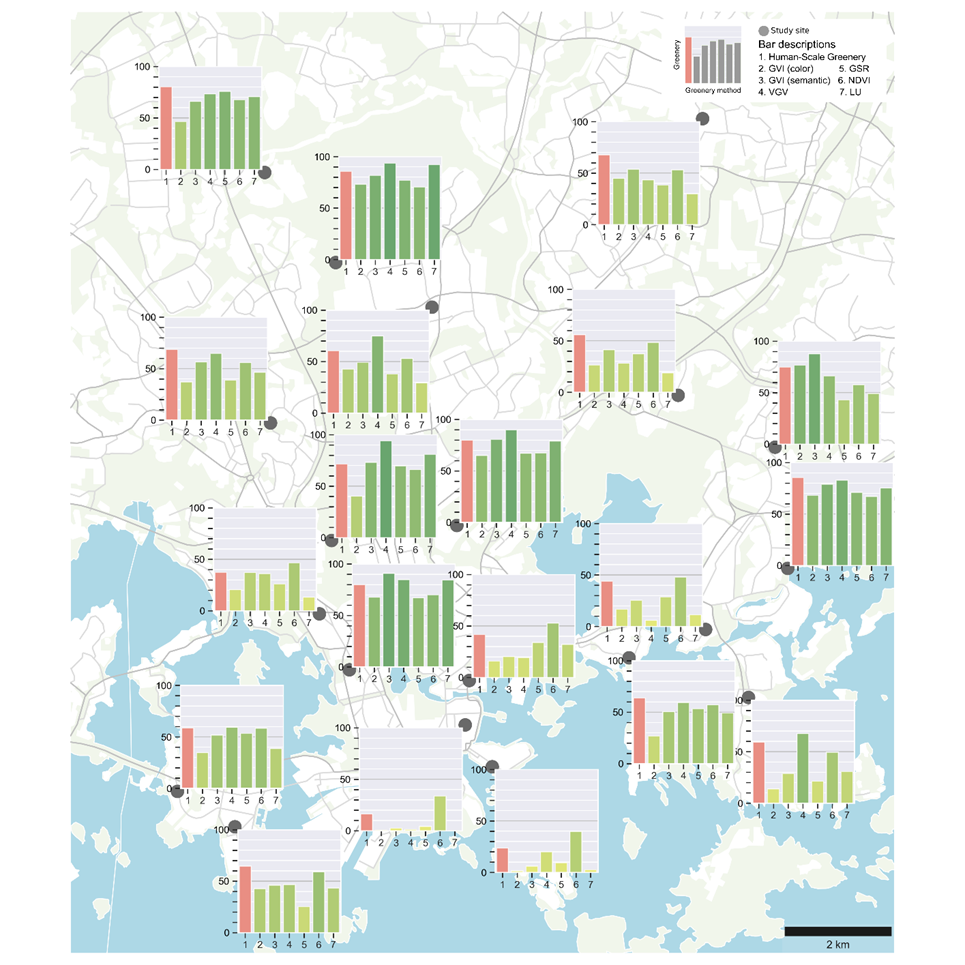Authors: Janika Raun, Olle Järv
MOPA (Monipaikkaisen asumisen rytmit, paikat ja asiakasryhmät) project revealing multi-local living patterns in South Savo based on electricity data analysis has reached its end. The project was led by the researchers from Ruralia Institute (Torsti Hyyryläinen, Manu Rantanen, Toni Ryynänen) and was done in collaboration with the Digital Geography Lab researchers Janika Raun, Olle Järv and Tuuli Toivonen.
AIM OF THE PROJECT
We started the project by thinking more broadly about how different big data sources could be utilised in second home research. We first provided an overview on the potential use cases in Finnish (Raun & Järv 2022), which then finally resulted in a coherent perspective paper, “New avenues for second home tourism research using big data: prospects and challenges”, published in the Current Issues in Tourism Research (Raun et al., 2022). The article is available open access here: https://doi.org/10.1080/13683500.2022.2138282.
Our literature analysis for the article revealed that so far utility consumption data has been used relatively little in second home and multi-locality research. However, it has a high potential to uncover where second homes are located and when they are actually used and visited. Thanks to the fruitful collaboration between Ruralia Institute and the local electricity company Suur-Savon Sähkö Oy we were able to use monthly-level electricity consumption data of second homes and analyse what it can tell us about the multi-local living practises in South Savo. Our aim was to understand the spatiotemporal rhythms, variations, and trends in second home usage patterns and identify different user groups. Read more about the start and aims of the project from one of our previous blog posts.
WHAT WERE THE MAIN RESULTS?
Electricity consumption in second homes increased during the COVID-19 pandemic.
Our results reveal that the electricity consumption in second homes has increased, especially during the years 2020 and 2021, indicating the intensified usage of second homes during the pandemic. The increase was biggest in areas with the highest relative share of free-time residences, such as Hirvensalmi, Mäntyharju, and Puumala municipalities. This finding is in line with the results of a previous study made in Finland using mobile phone data, which indicated that people escaped from cities when the pandemic started, and the increase of people was biggest in municipalities with the highest relative share of second homes (Willberg et al., 2021; and DGL blog posts here). The increase in electricity consumption was highest during the spring and autumn months, indicating that people extended their summer season and spent more time in their second homes also late spring and early autumn (Figure 1).
 Figure 1. Monthly median electricity consumption (kWh) in municipalities during three periods: average for 2015-2019, 2020 and 2021. N represents the number of free-time residences in January 2021. Continue reading “MOPA project successfully completed! We showed the potential of electricity consumption data in multi-local living and second home research”
Figure 1. Monthly median electricity consumption (kWh) in municipalities during three periods: average for 2015-2019, 2020 and 2021. N represents the number of free-time residences in January 2021. Continue reading “MOPA project successfully completed! We showed the potential of electricity consumption data in multi-local living and second home research”

 Olle Järv and Oleksandr Karasov organized a PhD workshop on “Social media sources as a tool to monitor cross-border mobility”, and Christoph Fink and Tuuli Toivonen together with our former group member Age Poom organized a PhD workshop on “Data and tools for environmental exposure assessment during urban mobility”.
Olle Järv and Oleksandr Karasov organized a PhD workshop on “Social media sources as a tool to monitor cross-border mobility”, and Christoph Fink and Tuuli Toivonen together with our former group member Age Poom organized a PhD workshop on “Data and tools for environmental exposure assessment during urban mobility”.



